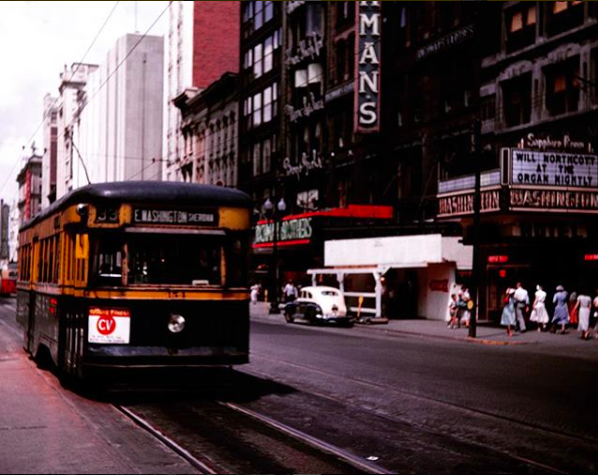So, what does a gravel pit office, tire shed, house, an outdoor cabin and a helicopter ride have in common?
-A captivating story full of twists and turns, legendary artifacts from Indiana’s past, and forward-thinking Hoosiers that have worked tirelessly across generations to preserve our world-renowned electric railway heritage.





